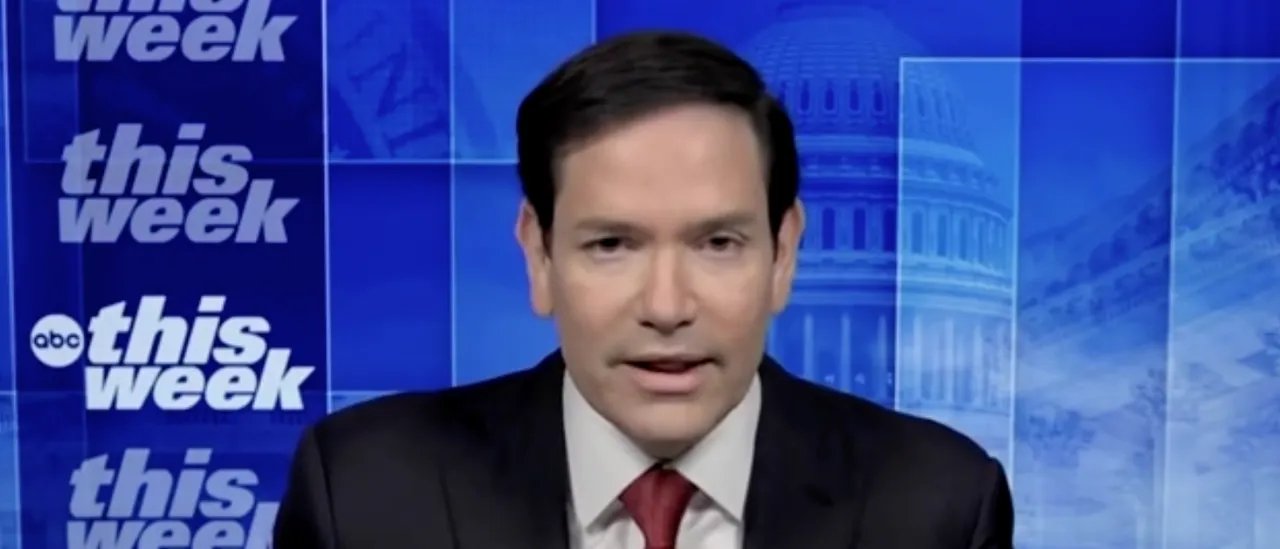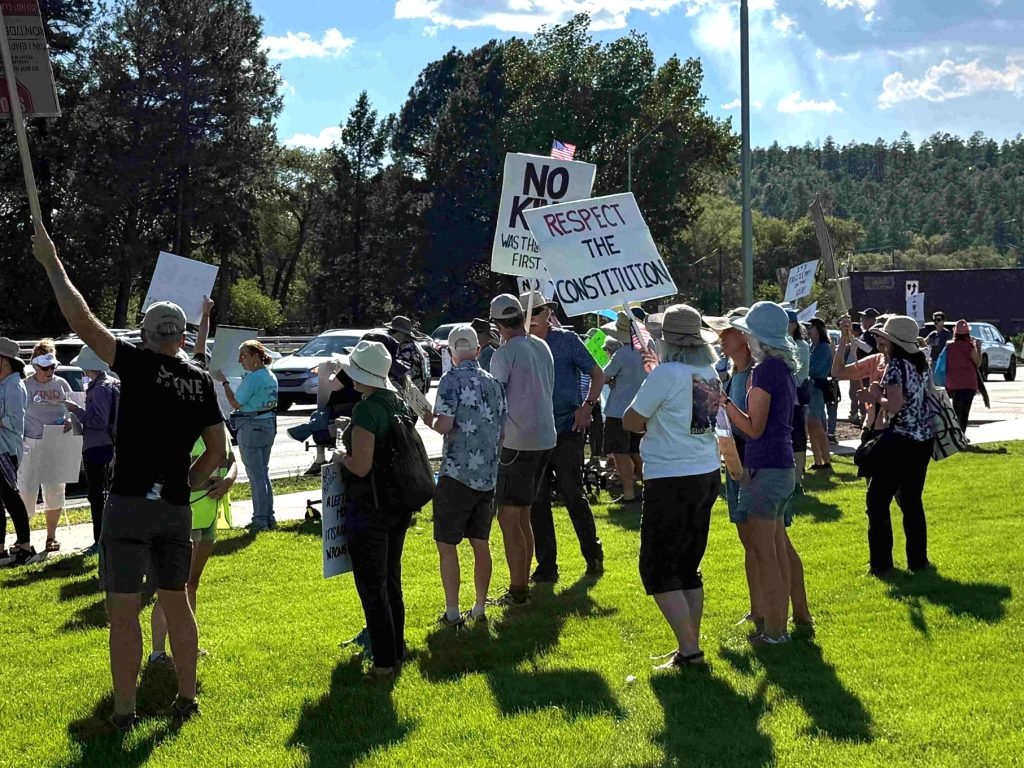Grand Canyon National Park, Arizona –
The National Park Service is standing by its management of wildfires sparked by lightning, which resulted in significant damage to the Grand Canyon Lodge and historical cabins. They explained that their teams were prepared for defensive operations and had established burning containment lines.
However, an unexpected wind shift dramatically influenced the situation, as noted in correspondence sent to the Associated Press on Tuesday.
The park service stated, “The Dragon Bravo fire, ignited by lightning on July 4, was under a full suppression strategy from the outset.” Initially, the fire was effectively managed, but they soon sought additional resources due to escalating fire activity.
On social media, Park Services presented their strategy as one where fires were allowed to play their natural role in the ecosystem, minimizing risks to infrastructure and other valuable assets.
The Arizona Governor and state lawmakers have called for an investigation following the destruction of the lodge and other historic sites.
Fire intelligence officer Stephen La Ski reported that unique nighttime winds led to flames traveling over 40 miles per hour.
“Typically, we see less activity at night due to humidity and lower temperatures, but this time it was due to the wind,” he commented, emphasizing the ongoing drought in the area.
As conditions improved, hundreds of firefighters worked diligently to prevent the Dragon Bravo fire from spreading further, particularly at the North Rim of the park, which has crucial water sources for the South Rim.
Additionally, another fire, the White Sage Fire, was also burning to the north. Combined, both fires cover over 90 square miles, which is significantly larger than the size of Walt Disney World in Florida.
Visitors along the South Rim observed thick smoke obscuring views of the canyon, creating a dramatic effect.
“By afternoon, it was completely socked in,” commented Christie Anderson. She added that, before this event, she had moved her reservation to the South Rim, saving herself from evacuation.
Park officials have now restricted access to the North Rim, affecting millions of visitors to the expansive park, which spans more than 1,900 square miles.
Currently, neither fire has established containment lines, and La Ski mentioned that it’s too soon for the team to predict a clear timeline for resolution.
“We are always at the mercy of Mother Nature,” he noted.
Historically, park management has utilized fire to benefit the landscape, boasting an effective fire program that incorporates both natural and prescribed burns to enhance forest health.
Andy Sword, a professor involved in fire ecology at Northern Arizona University, remarked that several areas have been intentionally rekindled over the years, contributing to the park’s ecological diversity.
“Creating this diversity is crucial for managing future wildfire events, especially during extreme weather conditions,” he added.
The Grand Canyon’s fire management plan aims to preserve the park’s cultural and natural resources while providing recreational opportunities. It states that the safety and preservation of these values are paramount.
Within the plan, fire exclusion areas include developed sites in the North Rim, underscoring high risk factors. The lodge and nearby cabins, along with over 370 other structures in the park, are categorized as high-risk, with an additional 238 deemed medium risk.
The Park Service reaffirmed that the safety of the public and firefighters remains their top priority, stating, “Firefighters are responding to this incident with the utmost care for the safety of our communities, park visitors, and employees.”







